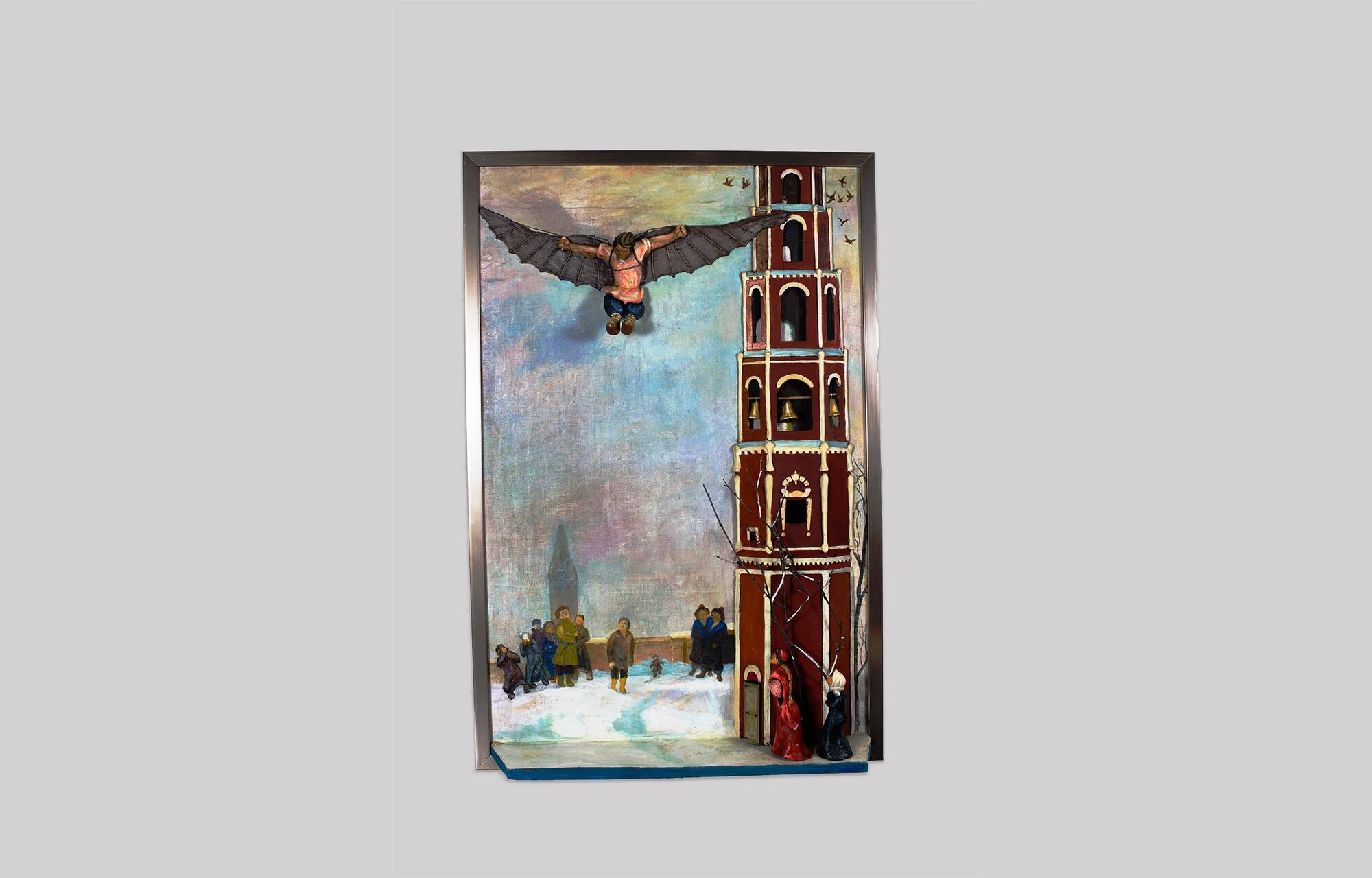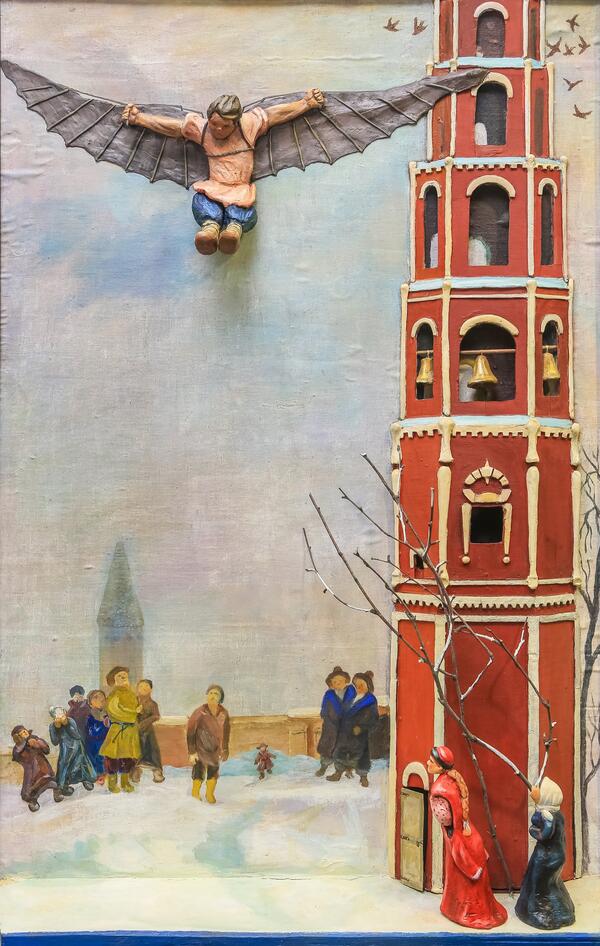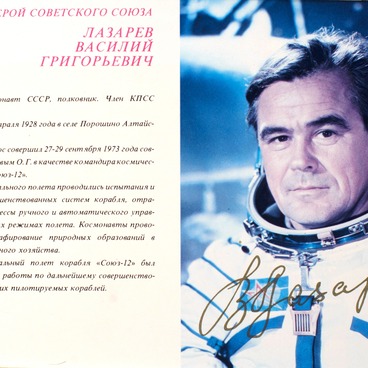Since ancient times, people sought to conquer the sky. This is evidenced by numerous myths and legends. The image of a flying man can be found present in ancient Chinese, Egyptian, Sumerian, and Indian texts.
The ancient Greek legend of Icarus is particularly widespread. The young son of the talented master Daedalus took to the sky on wings created by his father from feathers and wax. However, carried away by the flight, he forgot about caution, and got too close to the sun — so that it melted the wax: the feathers broke off, Icarus fell down and died.
Another myth was also popular with the Greeks — that about a flight of the Macedonian King Alexander the Great. He was said to have some giant birds; after he kept them starving for three days, he sat on a throne to which the birds were tied, took a spear with pieces of meat in each of his hands, and the birds, pursuing the meat, lifted him off the ground.
In the age of the Renaissance, humanity sought to bring those myths to life. The brilliant Leonardo da Vinci designed a number of aircraft. His drawings of mechanical wings, a hang glider, a helicopter, and other flying vehicles are well-known.
According to a legend, Russia had Icarus of its own: the serf Nikitka Kryakutny made wings out of wood and rawhide and even made an attempt to take off by jumping from a 50-meter bell tower. Russia was at the time under the rule of tsar Ivan Vasilyevich, whom the people nicknamed Ivan the Terrible. When the tsar heard the news about the impudent serf Nikita, a public trial was held in Moscow. The tsar himself pronounced a verdict:
The ancient Greek legend of Icarus is particularly widespread. The young son of the talented master Daedalus took to the sky on wings created by his father from feathers and wax. However, carried away by the flight, he forgot about caution, and got too close to the sun — so that it melted the wax: the feathers broke off, Icarus fell down and died.
Another myth was also popular with the Greeks — that about a flight of the Macedonian King Alexander the Great. He was said to have some giant birds; after he kept them starving for three days, he sat on a throne to which the birds were tied, took a spear with pieces of meat in each of his hands, and the birds, pursuing the meat, lifted him off the ground.
In the age of the Renaissance, humanity sought to bring those myths to life. The brilliant Leonardo da Vinci designed a number of aircraft. His drawings of mechanical wings, a hang glider, a helicopter, and other flying vehicles are well-known.
According to a legend, Russia had Icarus of its own: the serf Nikitka Kryakutny made wings out of wood and rawhide and even made an attempt to take off by jumping from a 50-meter bell tower. Russia was at the time under the rule of tsar Ivan Vasilyevich, whom the people nicknamed Ivan the Terrible. When the tsar heard the news about the impudent serf Nikita, a public trial was held in Moscow. The tsar himself pronounced a verdict:





